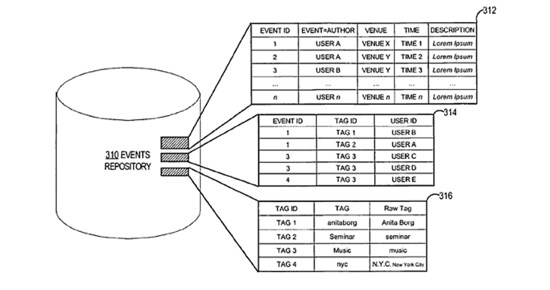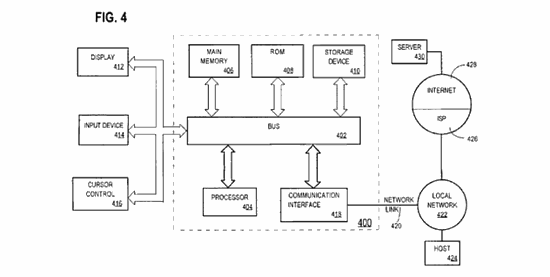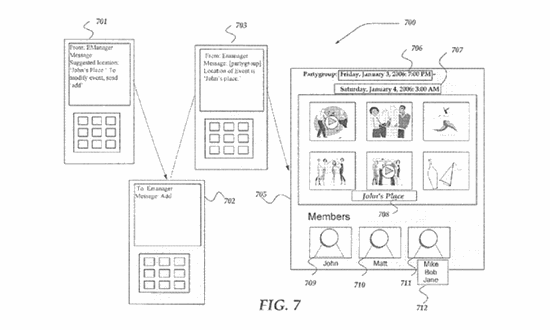Over April Fool’s Day weekend, hundreds of independent game developers came together for What Would Molydeux?, a 48-hour gamejam celebrating the tweets of Peter Molydeux – the anonymous doppelgänger of Peter Molyneux, the legendary British game designer known for his grandiose visions for games as art.
For the last three years, @PeterMolydeux’s written hundreds of surreal game ideas on Twitter, satirizing the game industry and the high-minded aspirations of his real-world namesake. For example:
- Your loved one has turned into a snowman. Yet your body needs to be as hot as a oven on high heat to survive. What would you do?
- What if everyone in the world had an explosive telephone in their body? If you could find out their number you can detonate their phone?
- You are a small girl flying a talking kite. The kite seems to know about a upcoming major terrorist attack and floats towards clues.
Double Fine lead programmer Anna Kipnis was first to suggest a gamejam, in which each developer would build a game inspired by one of Molydeux’s tweets — in two days, start to finish. The idea spread quickly and, within days, local events were planned in more than 30 cities worldwide.
The end result: nearly 300 insane games of wildly varying quality from 900 participants, with more trickling in daily.
I’ve spent the last three days obsessively playing through dozens of these. So far, I’ve been an innocent man with psychopathic arms, a pigeon trying to save suicidal businessmen, a road manipulating emotional cars, and a bear that needs hugs to survive.
I’ve played games with unreliable narrators, games that hide the rules from you, games with emotional title screens, and games that use the pause button as a weapon.
It won’t be for everyone, and that’s totally okay. Indie games often won’t appeal to the Call of Duty crowd, just like most Taylor Swift fans won’t listen to Hüsker Dü. Good things happen when you stop worrying about what’s marketable, and just make something you believe in.Not every game works — they were made in 48 hours, after all — but it’s surprising how many do.
So much of what I love about the indie gaming scene is embodied in the MolyJam event. It’s daring, creative, silly, and not afraid to fail. More and more, I find myself drawn to this world, even though I’ve never made a game, and I think it all comes back to what I love about the web.
Rise of the Indie
Indie games are in the middle of a renaissance right now, a Cambrian explosion of creativity enabled by the internet. Digital distribution platforms including Steam and the App Store have lowered the barrier to entry for indies, while crowdfunding sites like Kickstarter have reduced the importance of traditional publishers for funding projects.
Combined with a litany of complaints about the mainstream gaming industry, from exploitative working hours to the lack of creative and financial control, talented game developers are increasingly choosing to strike out on their own.
It’s resulted in a cultural movement, with commercial blockbusters like Minecraft, Braid and Super Meat Boy coming from small teams of one or two people, with even smaller budgets.
In some ways, this is a return to form for the gaming industry. Many games from the 8-bit era were created by a single developer who handled all the code, art and sound.
As graphics and audio capabilities grew, so did the budgets and team size. Larger budgets meant more risk, which directly hampered experimentation. Like the film industry, the gaming industry’s seen its own shift towards sequels and licensed brands instead of innovative, original works. (All ten of last year’s best-selling games were sequels.)
The indie gaming movement is a direct challenge to the old way of doing things.
Finding the Niche
It seems like the web’s going through a similar cycle of growth, stagnation, and disintermediation.
Fortunately, web developers have never faced the same publishing and distribution middlemen that games, television, and film were forced to deal with. The only major gatekeepers now are the entrenched social networks.
It seems like the web’s losing some of its original experimental glow. There’s no shortage of people making awesome stuff online, but I can’t shake the feeling that much of the interesting creative coding is now happening elsewhere — mobile, gaming, physical computing. For new entrepreneurs, the landscape couldn’t be better. Lean startups composed of very small teams are bootstrapping or joining incubators like Y Combinator in lieu of traditional funding, allowing them more creative control while retaining greater ownership of their work.
But the ultimate goal of a startup is making money, not art. For me, the most exciting part of the indie gaming movement is that commerce still feels secondary to making something innovative, fun, and creatively interesting.
In the last few years, it seems like the web’s losing some of its original experimental glow as it’s matured. There’s no shortage of people making awesome stuff online, but I can’t shake the feeling that much of the interesting creative coding is now happening elsewhere — mobile, gaming, physical computing.
Part of this could be market forces; there could be less experimentation when lots of money is getting thrown around. Or maybe the web is just losing its appeal in a universe increasingly ruled by native apps.
Maybe, like the desktop metaphor, the web has served its purpose and it’s slowly being replaced by platforms that solve these problems more effectively. Bookmarks, location bars, URLs, extensions, and even the browser itself will be abstracted away, hidden from view for a better user experience, as most people flock to walled gardens on simplified tablets and mobile devices.
All of that may be true. But it feels like it’s set the stage for a new indie movement, focused on using the web as an expressive creative medium over a commercial one. The tools at our fingertips are incredible: WebGL, WebSockets, Node.js, browser geolocation, standardized audio and video, among many others. And it’s easier than ever to get your work in front of an audience who cares: the people who still love the quirky indie web and everything it stands for.
It won’t be for everyone, and that’s totally okay. Indie games often won’t appeal to the Call of Duty crowd, just like most Taylor Swift fans won’t listen to Hüsker Dü. Good things happen when you stop worrying about what’s marketable, and just make something you believe in.
We already have the tools, the distribution, and the audience. We even have our own gamejams; the tech world pioneered hack days for this kind of experimentation years ago.
Now we just need our own Peter Molydeux — someone with audacious, ridiculous ideas to inspire new vectors of awesomeness from the rest of us.
(Note: This was originally published in column on Wired.)




